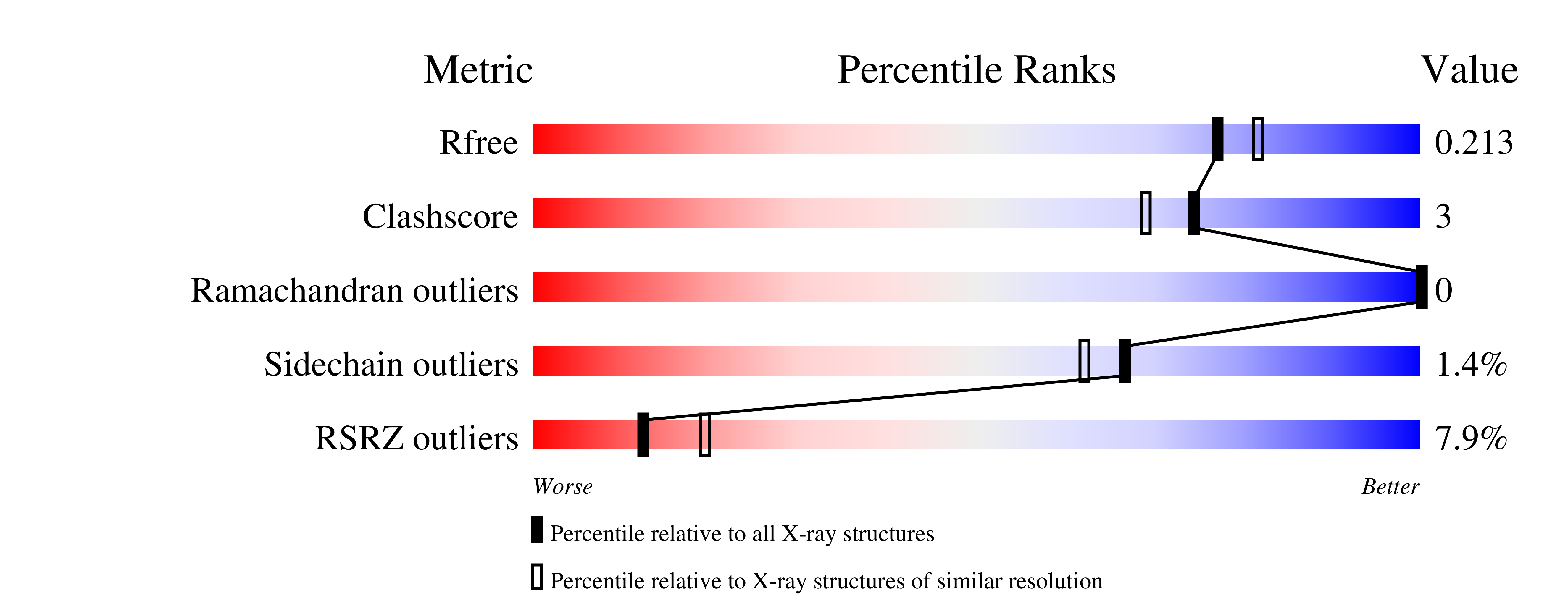Lipidic sponge phase crystal structure of a photosynthetic reaction center reveals lipids on the protein surface.
Wohri, A.B., Wahlgren, W.Y., Malmerberg, E., Johansson, L.C., Neutze, R., Katona, G.(2009) Biochemistry 48: 9831-9838
- PubMed: 19743880
- DOI: https://doi.org/10.1021/bi900545e
- Primary Citation of Related Structures:
2WJM, 2WJN - PubMed Abstract:
Membrane proteins are embedded in a lipid bilayer and maintain strong interactions with lipid molecules. Tightly bound lipids are responsible for vertical positioning and integration of proteins in the membrane and for assembly of multisubunit complexes and occasionally act as substrates. In this work we present the lipidic sponge phase crystal structure of the reaction center from Blastochloris viridis to 1.86 A, which reveals lipid molecules interacting with the protein surface. A diacylglycerol molecule is bound, through a thioether bond, to the N-terminus of the tetraheme cytochrome c subunit. From the electron density recovered at the Q(B) site and the observed change in recombination kinetics in lipidic sponge phase-grown crystals, the mobile ubiquinone appears to be displaced by a monoolein molecule. A 36 A long electron density feature is observed at the interface of transmembrane helices belonging to the H- and M-subunits, probably arising from an unidentified lipid.
Organizational Affiliation:
Department of Chemical and Biological Engineering, Molecular Biotechnology, Chalmers University of Technology, SE-405 30 Gothenburg, Sweden.



























